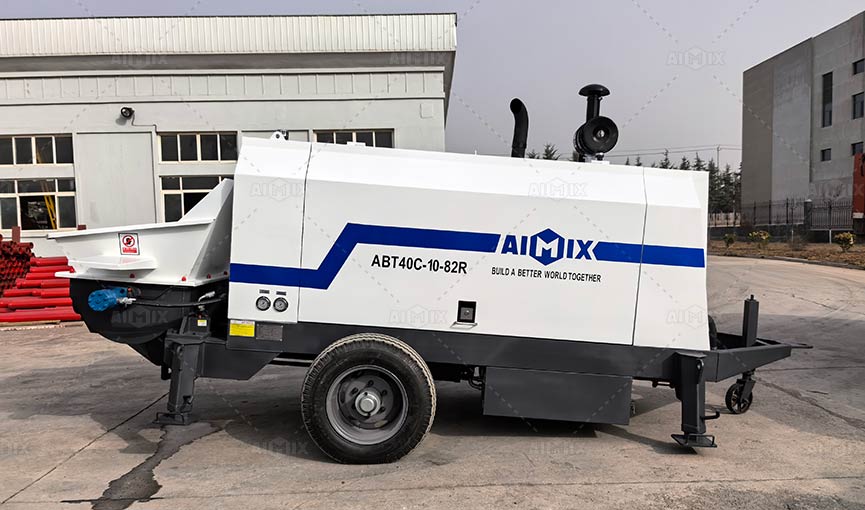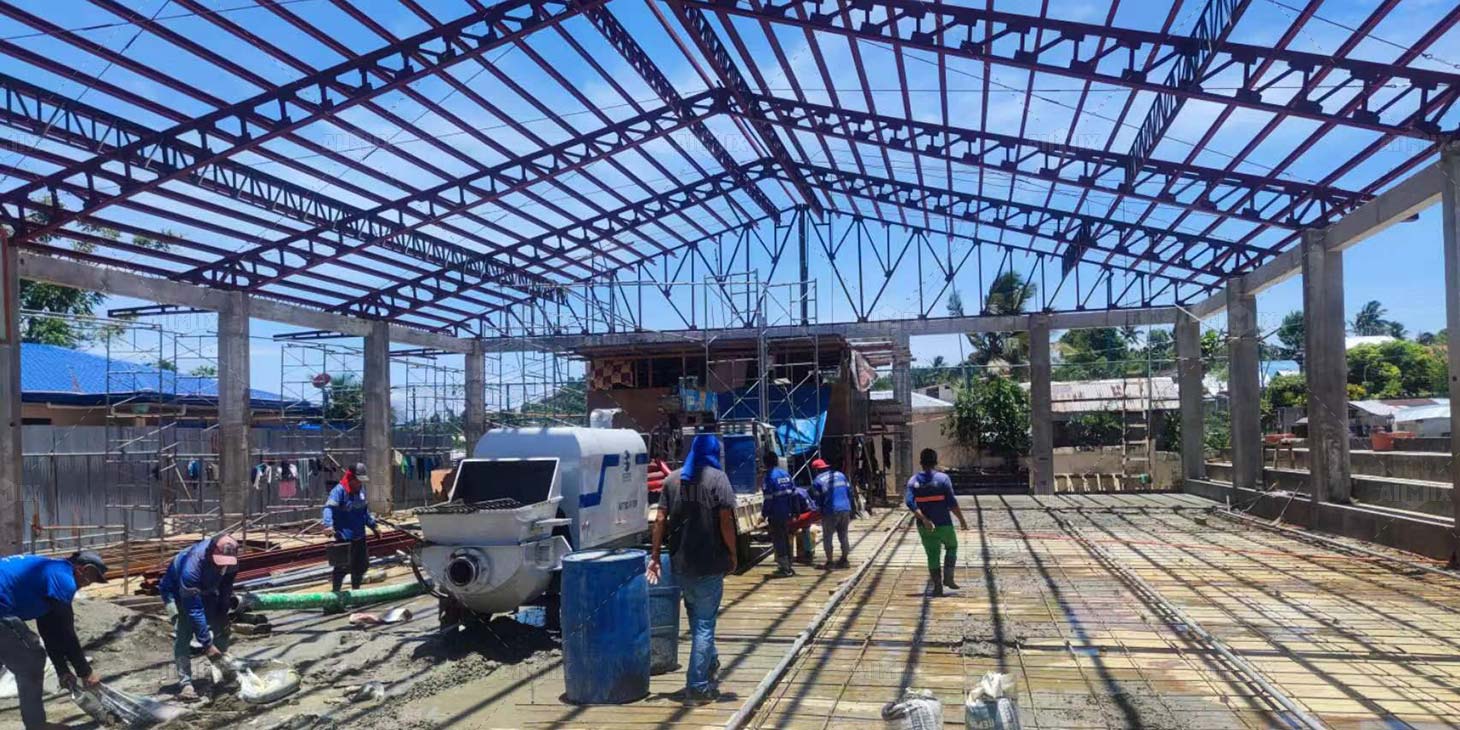In high-rise construction and sprawling infrastructure developments, the performance of a stationary concrete pump isn’t just a background detail — it’s the silent engine that keeps everything moving. Capacity, in terms of both output rate and pressure rating, governs the limits of vertical and horizontal pumping. A mismatch in capacity can bottleneck productivity, increase maintenance stress, and compromise the structural integrity of the pour. Conversely, selecting the right pump capacity ensures smoother operations, consistent flow, and precise placement — all of which are vital for high-quality results in demanding environments. Understanding how this single specification affects entire project lifecycles is critical for any contractor or site engineer striving for efficiency and excellence.
Understanding Pump Capacity Parameters
Flow Rate and Output: More Than Just Numbers
Measured typically in cubic meters per hour (m³/h), the flow rate defines how much concrete a pump can deliver within a given time. High-rise and long-distance pours demand consistency in this aspect. An undersized pump can lead to material segregation, cold joints, and unplanned downtime. For vertical heights over 100 meters or horizontal distances beyond 300 meters, pumps rated at 80–100 m³/h or more are typically required to maintain continuity and avoid pulsation.

Beyond flow, the ability to control output modulation also matters. Variable displacement hydraulics allow for precision adjustment, essential when transitioning between core wall placements and deck slabs where volumes differ drastically. This adaptability minimizes waste and ensures every cubic meter is efficiently used.
Pressure Output: Lifting the Load
Pressure output, measured in bar or MPa, determines how far or high concrete can be pumped. In high-rise contexts, overcoming gravitational resistance and pipe friction is no small feat. For vertical pours exceeding 150 meters, a minimum pressure rating of 100 bar is generally necessary. Some modern concrete trailer pumps are engineered with dual-cylinder systems and intelligent pressure regulation to manage transitions and maintain stability during long-duration operations.
Equally important is the ability of the system to sustain pressure without overheating or suffering component fatigue. Advanced cooling systems and high-grade piston seals now play a pivotal role in pump endurance under peak loads.

Application-Specific Demands and Capacity Matching
High-Rise Buildings: Vertical Challenges
In skyscraper projects, stationary pumps are the backbone of vertical logistics. With each floor adding elevation, the resistance in the delivery line increases. Selecting a pump with the right balance of output volume and pressure becomes mission-critical. Underperforming equipment not only disrupts schedules but also risks mix deterioration due to extended dwell times in the pipeline.
Moreover, consistent concrete placement is essential for structural elements like shear walls and elevator cores, which demand uniform compaction. Pumps with sufficient capacity ensure that delivery is continuous, thus avoiding voids or honeycombing in these sensitive zones.
Long-Distance Horizontal Pours: Infrastructure Scope
In projects such as tunnels, metro lines, and bridges, horizontal reach is equally daunting. A pour that stretches 400 to 800 meters requires robust pressure maintenance and steady output. Here, stationary concrete pumps for sale in Saudi Arabia with high-torque motors and reinforced pipelines are deployed to combat line friction and elevation variation.
These setups often include intermediate agitators or booster stations to assist the main pump, a strategy that hinges on having a sufficiently powerful central unit. Without adequate core capacity, secondary units become overwhelmed, causing blockages and risking structural inconsistencies.
Technical Enhancements That Support Capacity Utilization
Smart Control Systems and Sensors
Modern pumps now integrate IoT-based monitoring systems that track pressure drops, flow irregularities, and pipeline resistance in real-time. These technologies allow for on-the-fly adjustments to pumping parameters, safeguarding output efficiency and reducing wear.
Advanced control panels also offer programmable cycles, letting operators fine-tune performance depending on the concrete grade, ambient temperature, and pour configuration. This precision prevents material wastage and reduces unnecessary stress on the concrete pumping machine’s hydraulic system.
Wear-Resistant Components and Pump Design
Prolonged high-capacity operations subject internal components to immense abrasion. Recent advances in metallurgy — such as carbide-layered wear plates and hardened S-tube valves — have significantly extended maintenance intervals. Furthermore, split-hopper designs and high-volume cylinders enable smoother concrete flow while reducing turbulent transitions within the pump body.
These innovations not only prolong service life but also allow contractors to push pump capacity closer to its rated maximum without incurring frequent breakdowns or drop-offs in performance.
